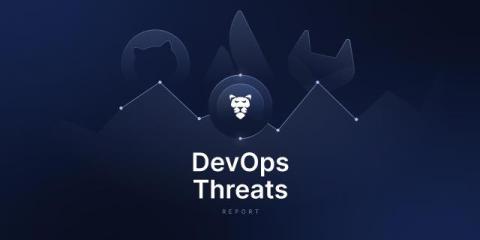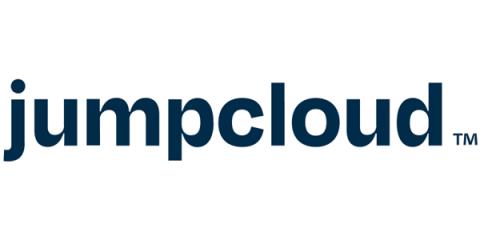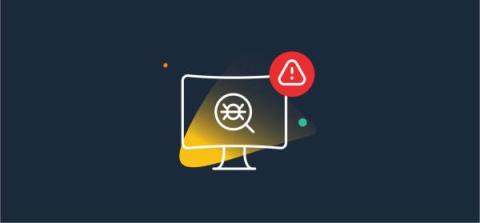The State of DevOps Threats Report - GitProtect.io's Study Highlights The Major Cyber Risks and Security Best Practices
DevOps practices have significantly transformed the software industry, leading to faster release cycles and more streamlined workflows. The enduring presence of the DevOps model is undeniable, and its influence on modern development methodologies is profound. However, this accelerated pace introduces challenges, particularly regarding DevOps security.











